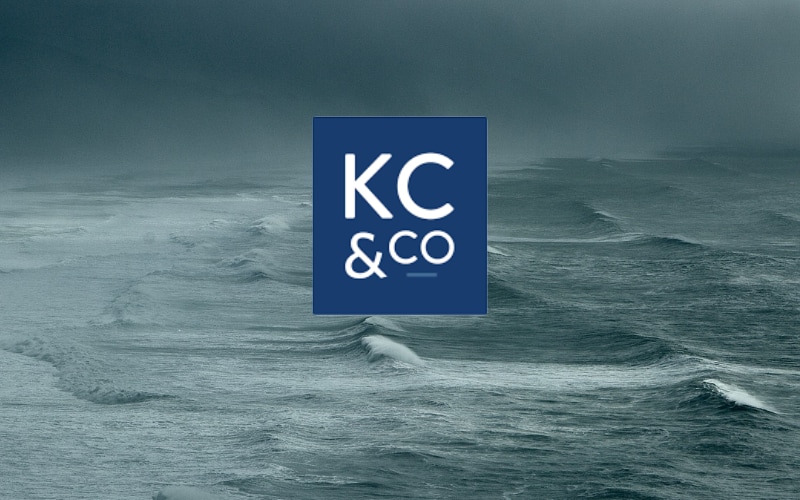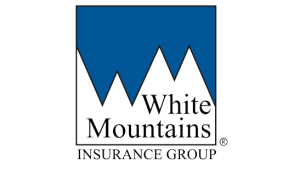KCC identifies US coastal cities at risk of $100bn hurricane losses

Karen Clark & Company (KCC), a provider of catastrophe risk modelling, has examined the likelihood of hurricanes causing insured losses exceeding $100 billion in the United States, highlighting the most vulnerable regions and what these exposures mean for the insurance industry.
 According to Karen Clark & Company’s analysis, hurricane losses are highly location-dependent. A storm hitting a densely populated metropolitan area could surpass $100 billion in insured losses.
According to Karen Clark & Company’s analysis, hurricane losses are highly location-dependent. A storm hitting a densely populated metropolitan area could surpass $100 billion in insured losses.
KCC notes that losses do not necessarily rise with the number of storms; for example, the six hurricanes that hit the US in 2020 resulted in insured losses close to the long-term average.
Historically, years with unusually high losses tend to feature one or two catastrophic storms, such as Hurricane Andrew in 1992 or Hurricane Ian in 2022.
Over the past 25 years, major U.S. metropolitan areas have largely avoided direct hurricane hits. Karen Clark & Company’s simulations show that while 16 major hurricanes have made landfall, none have struck Miami, Houston, or other high-value population centers.
Similarly, the Northeast has not experienced a major hurricane in decades. KCC uses historical storm data overlaid with today’s property values to estimate what past hurricanes would cost in 2025, providing insurers with a realistic picture of potential losses.
Media reports often suggest that hurricane losses are steadily increasing, but Karen Clark & Company emphasises that many analyses only adjust for inflation, ignoring population growth, demographic shifts, and the expansion of insured property.
KCC combines historical storm data with a high-resolution, annually updated database of property locations and values, accounting for the rapid growth of coastal property, which has roughly doubled every decade. Their simulations demonstrate that, despite headlines, there is no significant upward trend in hurricane losses over recent decades.
Karen Clark & Company highlights that certain historical hurricanes, if they occurred today, would exceed $100 billion in insured losses.
For instance, the 1926 Great Miami Hurricane would surpass $200 billion, while Hurricane Andrew remains the only post-1960 storm to cross that threshold. KCC’s research shows that most annual losses are dominated by a single storm, although 2005 was unusual, with multiple hurricanes collectively exceeding $100 billion.
High-risk areas identified by Karen Clark & Company include Florida’s Tri-County region (Miami-Dade, Broward, and Palm Beach), Galveston and Houston, and parts of the Northeast.
The Florida Tri-County region alone now holds over $2 trillion in insured property. Between 1926 and 1950, six major hurricanes struck the area, yet no major hurricane has landed there since 2000. Hurricane Irma in 2017 narrowly avoided a direct Miami landfall; a small shift in its path would have increased potential losses by over $80 billion.
In Texas, Karen Clark & Company notes that seven Category 4 hurricanes have struck since 1900, but only Harvey in 2017 made landfall near a populated region. A repeat of the 1900 Galveston Hurricane today could produce over $100 billion in insured losses from wind alone. While Texas has avoided a Category 5 hurricane, KCC warns that such an event is likely to occur eventually.
The Northeast presents a different set of challenges. Cooler waters generally limit hurricanes to Category 3 intensity, and storms often hit the most populated areas on their weaker side. Karen Clark & Company points out that fast-moving hurricanes, like the Great New England Hurricane of 1938, can still cause widespread damage far inland.
Karen Clark & Company also stresses the importance of understanding exposure concentrations within insurers’ portfolios. Simple rules of thumb, such as limiting market share to 2% per zip code, fail to reflect variations in regional hurricane risk.
KCC uses 100-year Characteristic Events (CEs), modelling hurricanes every 10 miles along the coast, with storm characteristics tailored to realistic probabilities. This approach enables insurers to identify high-risk scenarios within their portfolios and plan for extreme loss events.
In conclusion, Karen Clark & Company’s research confirms that US coastal cities face real potential for $100 billion hurricanes.
By applying detailed exposure data to historical and simulated storms, KCC provides insurers and reinsurers with the tools to understand extreme losses and strengthen financial resilience against catastrophic events.
The post KCC identifies US coastal cities at risk of $100bn hurricane losses appeared first on ReinsuranceNe.ws.




